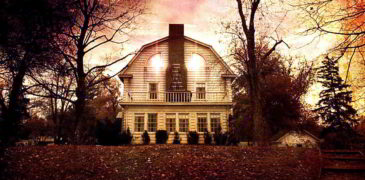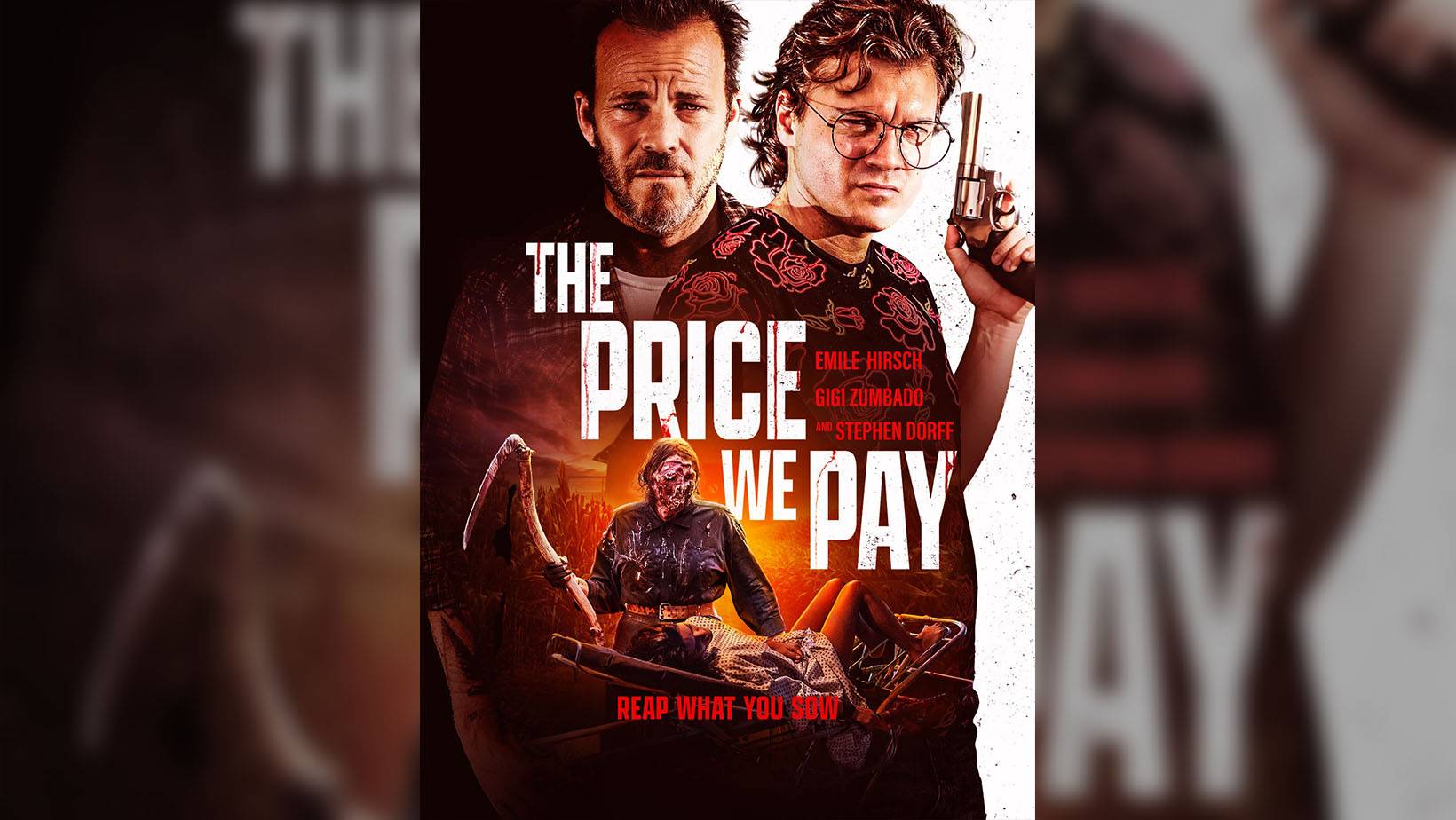
If you’re familiar with the name Ryuhei Kitamura, you are most likely familiar with either the beloved zombie action flick Versus (2000), the exquisite jidaigeki (period drama) Azumi (2003), the explosive kaiju epic Godzilla: Final Wars (2004), or, my personal favorite, the genre-bending supernatural action flick Sky High (2002). In fact, it is very likely that if you’re familiar with at least one of those titles, you’ve probably heard of or read about the others that I listed. Indeed, Kitamura-san has earned quite the following even outside of his native country, with his most popular films having made their way overseas during a time when Eastern cinema began to flourish in the West.
Those unfamiliar with Kitamura’s earlier work had a higher chance of being exposed to it later when his first English-speaking film Midnight Meat Train (2008), based on a short story by Clive Barker and starring none other than Bradley Cooper, was released. Kitamura-san directed a few more English-language films after this, all of which fell into the lower-budget category. His filmography contains quite an array of genres, with his films ranging from horror, action, drama, etc, but he always seems to defy any conventionally established genre distinctions. Because of this, I was inquisitive about this latest release, The Price We Pay (2022), with its poster suggesting a strong Western vibe.
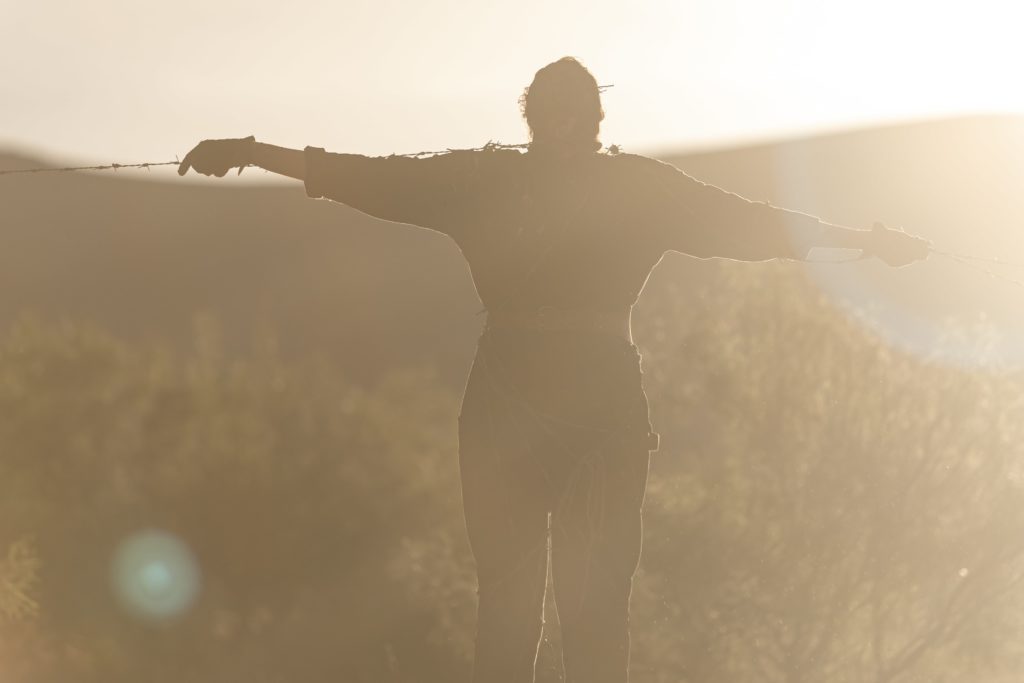
After a pawn shop robbery goes terribly wrong, criminals Alex, his brother Shane, and Cody (played by Emile Hirsch, Tanner Zagarino, and Stephen Dorff respectively) take refuge at a remote farmhouse with a hostage named Grace (played by Gigi Zumbado) to let the heat die down. Grace had been in the middle of negotiating with the pawnshop owner over payments she was unable to make when the robbery began, so this occurrence came as both a blessing and a curse. The getaway driver ends up fleeing the scene after hearing gunshots, prompting Cody to volunteer Grace as their new driver. The night continues to get progressively worse for our newfound crew until they find something unexpected and much more menacing at the farmhouse that was supposed to serve as their place of safety.
The Price We Pay is more of a horror film than I initially anticipated. I had only briefly looked it up online when I heard that Kitamura-san would be directing, and my findings had me under the impression that I would be watching an action/thriller. As I mentioned above, Kitamura has the tendency to mix genres, but he does it in a way that doesn’t discombobulate the viewer. The film opens like a typical slasher, introducing us to a down-on-her-luck sex worker as she is abandoned at a remote gas station and becomes the first on-screen victim. After this, the focus shifts to the pawn shop robbery and the characters involved in it, playing out more like a drama/thriller as we become more acquainted with the type of people they are.
Emile Hirsch plays the most unlikable character of the bunch, but I mean that in a “love-to-hate him” kind of way. His homicidal tendencies are made obvious very early on, and his political incorrectness and overall demeanor made me hope that he would get his by the end of the runtime. The other characters are not quite as memorable, but the actors portraying them still pull their own weight. Grace is easily the most likable due to the fact that she seems to have the best intentions and is seemingly just an innocent bystander who gets pulled into a mess. Cody is the archetypal anti-hero, balancing the scales of trying to protect Grace when needed and disapproving of Alex’s disposition while still having agreed to commit a crime with him.
Things don’t really start to reverse into slasher territory until the crew members find themselves at the aforementioned farmhouse. Cody and Grace convince a timorous young boy named Danny, who they find cleaning the barn, to let them take shelter for a few hours until they’re able to proceed with their “trip”. Danny skeptically agrees, much to the misfortune of our lead characters—our mystery killer from the opening scene is reintroduced as they happen to also reside in this humble abode. Alex gets a run for his money when he realizes that he’s not the most homicidal lunatic at their hideout, and the rest of the party members are forced to join him in a fight to survive the night.
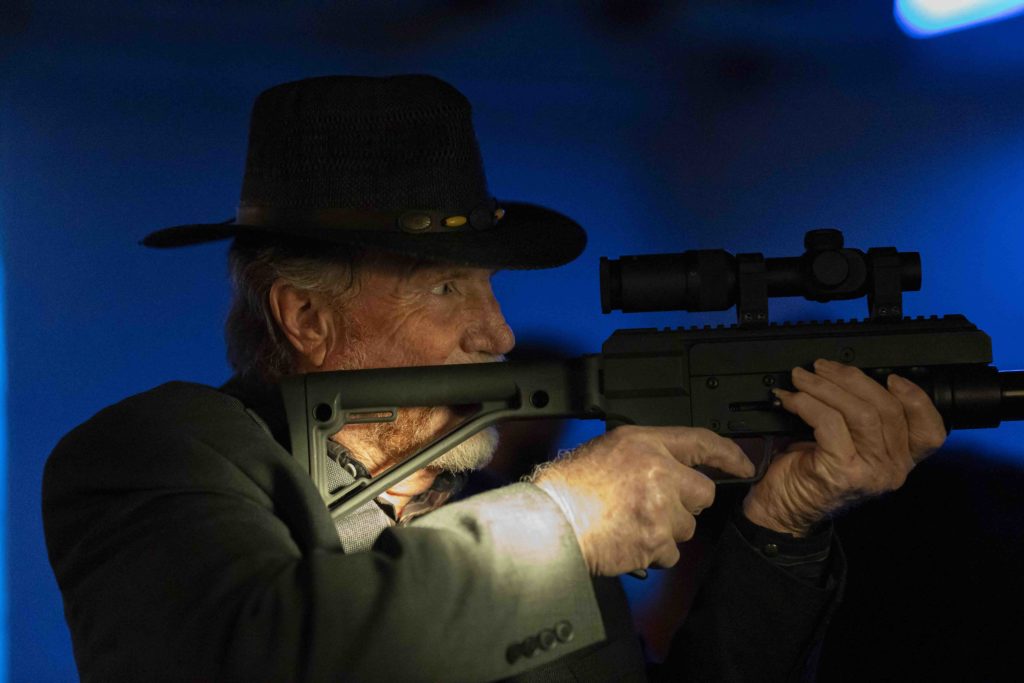
The third act is where the film really shines, exposing the viewer to some cheap over-the-top gore. If I had to compare The Price We Pay to other films, I would say that it comes pretty close to the likes of Wrong Turn (2003) or Joy Ride (2001). Basically, if you’re a fan of B-grade horror flicks that involve a group of stranded individuals as they attempt to escape the grasp of a quaint villain or villains, you’ll have no trouble enjoying The Price We Pay. The violence that ensues during the last half hour or so of the film is both amusingly cartoonish and effective, executed mostly via practical effects, much to my delight. The gore is inarguably more tame than that of some of the more notorious titles within the horror scene, but it is wild enough to satiate most casual viewers.
The goal for Kitamura and his writing collaborator Christopher Jolley was to come up with a concept they could film in a contained location with a limited budget; while not particularly original or thought-provoking, The Price We Pay is an enjoyable ride that will adequately entertain those who have a predilection for this particular sub-genre. The film does attempt to be profound with its theme of how far someone will go to survive—the title itself makes reference to the unpleasant and difficult aspects of something that one might have to endure—but the message never seems to come full circle. Looking back at Kitamura’s body of work, this title only adds to his seemingly continuous exploration of the genre, and I’d be curious to see what he produces next.
More Film Reviews
Featured in JFFH (Japanese Film Fest Hamburg), One Cut in the Life is a poignant drama written, produced, and directed by Shintaro Hachi- a relatively unknown, up-and-coming filmmaker. He stated,… As someone whose first introduction to the legendary Shinya Tsukamoto was through his off-beat, disturbed acting roles in “J-Horror” cult classics such as Ichi the Killer and Marebito, I was… The Japanese horror game franchise Forbidden Siren (Siren), created by Keiichiro Toyama (also the creator of the first Silent Hill game and Gravity Rush) was created in 2004 and is… The Glenarma Tapes is a 2023 Northern Irish found footage horror film, written and directed by Tony Devlin with additional writing from Paul Kennedy. Although the film presents itself as… Dubbed the most evil house in America by demonologists Ed and Lorraine Warren, 112 Ocean Avenue, Amityville, Long Island, New York has definitely piqued the curiosity of many horror fans… “Once More Into The Breach” Tahoe Joe 2: The Sierra Nevada Bigfoot Conspiracy (2024) follows indie filmmakers Michael Rock and Dillon Brown of Horror Dadz Productions as they return to…One Cut in the Life (2020) Film Review – A Poignant Portrayal of Emotional Stress
Shinya Tsukamoto’s Gemini (1999) Film Review: Fraternal Love… and Death
Forbidden Siren (2006) Film Review – The Movie Adaptation of the Classic Horror Game
The Glenarma Tapes (2023) Film Review- Into the Woods! [FrightFest]
Shock Docs: Amityville Horror House – Paranormal Documentary Review
Tahoe Joe 2: The Sierra Nevada Bigfoot Conspiracy (2024) Film Review – Ghillie Girls Gone Wild!
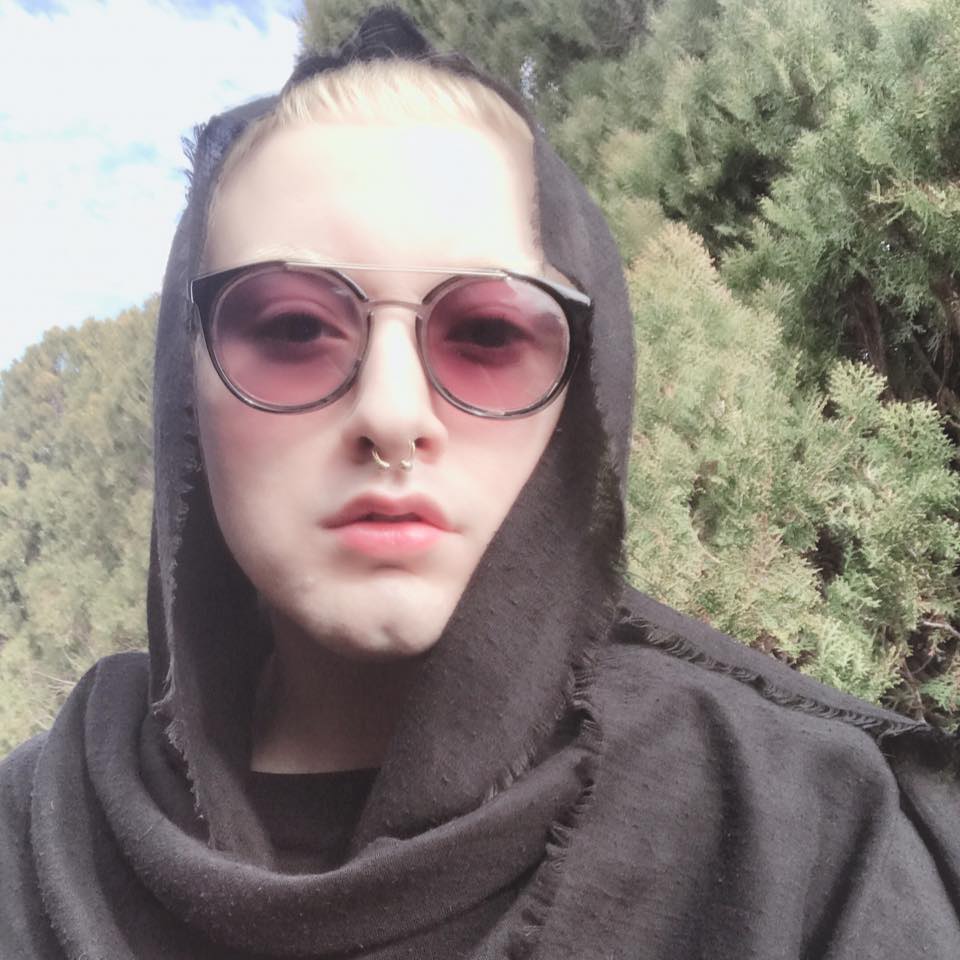
Your typical ghoul next door; film enthusiast, horror fanatic, J-horror nerd, aspiring horror host, and all around geek. Will likely be found cuddling with their cat and reading an old smelly book, or stuffing their face with popcorn at the cinema!
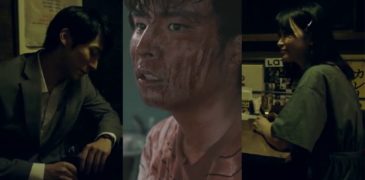

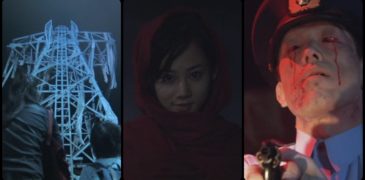
![The Glenarma Tapes (2023) Film Review- Into the Woods! [FrightFest]](https://www.grimoireofhorror.com/wp-content/uploads/2023/08/The-Glenrama-Tapes10-365x180.jpg)
